Topics
Category
Era
Henrytown
Drivers may easily miss Henrytown, a rural hamlet five miles north of Canton, as they speed through it on Fillmore County Highway 21. In 2018, not much exists to indicate it was once a town populated by hardworking immigrants who dreamed of building a thriving and long-lasting community.
In April 1853, Henry Onstine convinced over two dozen family members to leave their homes in Amherst, Ohio, and follow him into Minnesota Territory.
The Onstine Party staked claims in what would eventually be Amherst and Canton Townships in Fillmore County. Amherst Township was named after the Onstine Party’s city of origin: Amherst, Ohio. The village of Henry, named after Henry Onstine, was incorporated in the spring of 1854, and would eventually change its name to Henrytown.
After three years of Henrytown’s children walking four miles to nearby Lenora for school, parents decided that their town needed its own school. In the spring of 1857, a log schoolhouse was constructed; its first teacher was Helie Ann Churchill. The school quickly became a community gathering spot for all types of social gatherings, from dances to church services.
In 1867, a schoolhouse was built for fifty-five pupils through the eighth grade at a cost of $850. Michael and Augusta Onstine purchased most of the supplies, including the school bell. Michael built the one-room frame schoolhouse with assistance from several volunteers. N. I. Wilson was the school’s first teacher. The country school operated until 1963, when the area was absorbed into the Harmony Public School District.
The Fillmore County Board of Commissioners purchased 386 acres near Henrytown in the spring of 1868 for building a county poor house. By fall, a two-and-a-half-story house and several outdoor buildings were completed near Henrytown’s eastern edge. An 1896 fire destroyed the house, but it was rebuilt that same year and continued to operate as a home for the poor and elderly until it closed in 1943.
The US Post Office opened a Henrytown office in 1858. Caleb Onstine was its first postmaster. Michael Henry Onstine was appointed in 1859 and would hold the office for five years before E. W. Bullis replaced him. Michael would take over the position again and hold it for several additional years before the office closed in 1902. Michael was also the town clerk for over a decade.
For more than twenty years, Henrytown residents conducted church services first in their homes and then in the town’s schoolhouses. Before his death in 1873, Henry Onstine donated land for the future church’s construction. During the summer of 1878, construction began on the Henrytown Lutheran Church. The cornerstone was laid at last on June 16, 1878, and a dedication ceremony was conducted on July 1, 1879.
The church cost $3,500 and stood for 136 years before a fire destroyed it in April 2015. No one was hurt, and the church’s historic records were spared, but the altar painting by the influential Norwegian American artist Herbjorn Gausta was lost. A new church was erected on the same location in 2017.
At one time, Henrytown boasted a blacksmith shop; a steam saw mill; a feed mill; multiple mercantile stores; a broom factory; and several other businesses. It was a booming town throughout the 1860s and 1870s. However, its growth was halted when the Caledonia, Mississippi and Western Railroad Company selected nearby Canton as a location for its rail line.
Although many of Henry Onstine’s descendants lived into the twenty-first century, the last to carry the surname of Onstine in Henrytown died in 2002. Alden Onstine was the great grandson of Henry Onstine and the grandson of Michael Henry. Having been in the family since 1853, the Onstine farm was recognized in 1958 as a Minnesota Century Farm as it passed from Henry to Michael Henry to Elmer to Alden Onstine.
All that remains of Henrytown in 2018 is the Henrytown Lutheran Church, which continues to be a social and spiritual gathering place for those living in the countryside surrounding the once bustling village.
Bibliography
Bishop, C. E. History of Fillmore County, Minnesota. Chatfield, MN: Holley & Brown, 1858.
Bergey, Brock. “Henrytown Lutheran Church Committed to ‘Growing in Faith.’” Bluff Country Reader, June 21, 2017.
Curtiss-Wedge, Franklin. History of Fillmore County. Vols. I & II. Chicago: H. C. Cooper Jr, 1912.
Griswold, Burr. “Onstine Party, Two Fillmore Townships First Settle in 1853.” La Crosse Tribune, December 1, 1965.
Griswold, Burr. “Onstines Founders of Fillmore.” La Crosse Tribune, October 26, 1986.
Neill, Edward D. History of Fillmore County. Minneapolis: Minnesota Historical Company, 1882.
Yu, Chris. “Henrytown Lutheran Church Dedicates New Building After Devastating Fire.” KTTC-TV, June 11, 2017.
Related Resources
Fillmore County History 1984. Fillmore County Historical Society. Dallas: Taylor Company, 1984.
Related Images
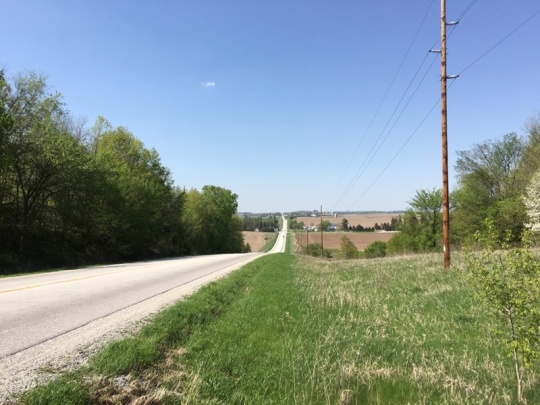
Henrytown
Holding Location
Articles
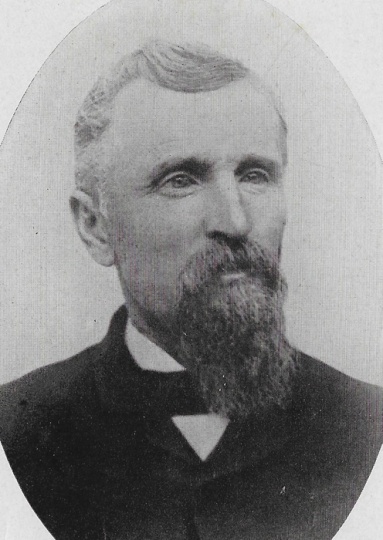
Michael Henry Onstine
Public domain
Holding Location
Articles
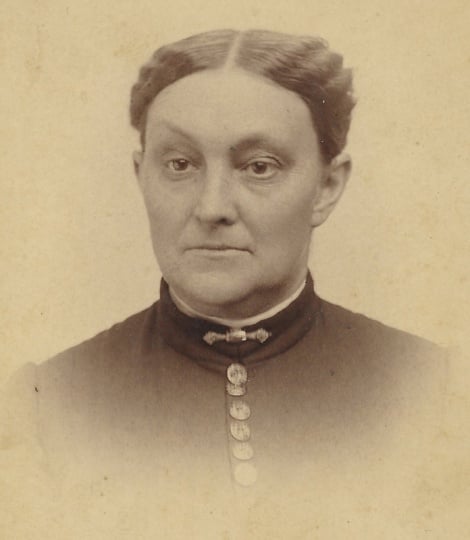
Augusta Eunice Maria Osgood Onstine
Public domain
Holding Location
Articles
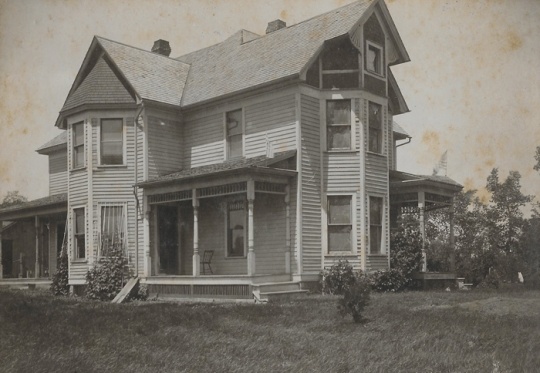
Fairfield House, Henrytown
Public domain
Holding Location
Articles
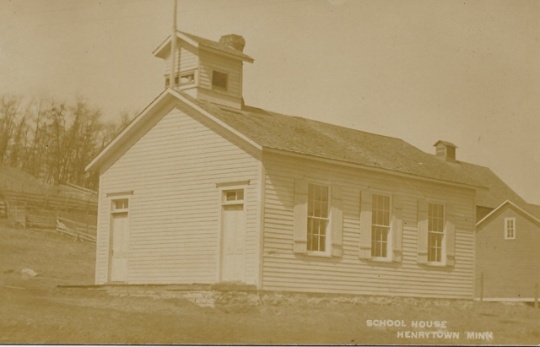
Henrytown School
Public domain
Holding Location
Articles
%20Onstine.jpg)
Elmer and Clara (Burtness) Onstine
Public domain
Holding Location
Articles
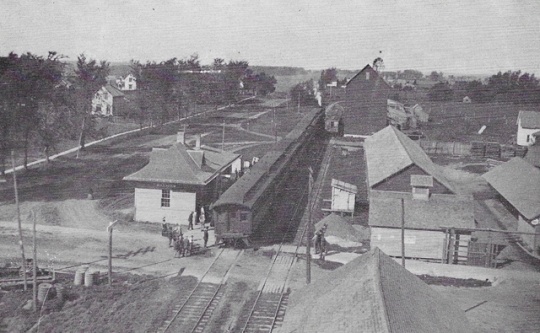
Canton Railroad and Depot
Public domain
Holding Location
Articles
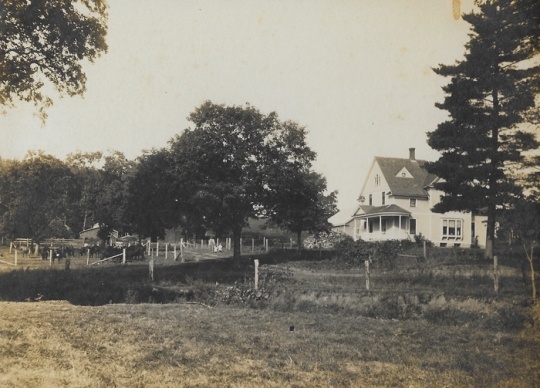
Maple Leaf Farm, Henrytown
Public domain
Holding Location
Articles
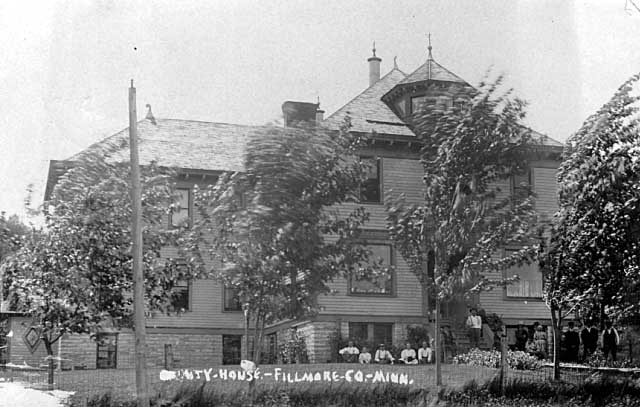
Fillmore County Poor Farm, Fillmore County
Holding Location
Articles
More Information
%20Onstine.jpg)
Alden and Alice (Hahn) Onstine
Public domain
Holding Location
Articles
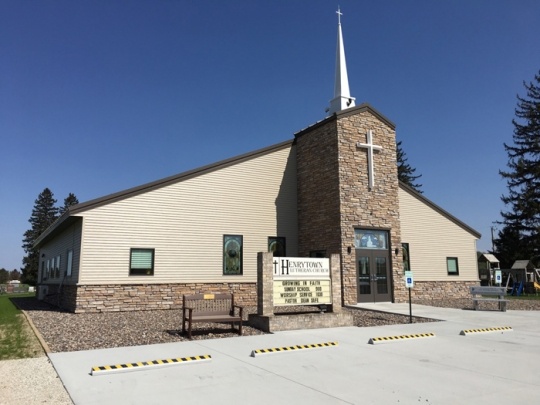
Henrytown Lutheran Church
Henrytown Lutheran Church was constructed in 2017 after a fire destroyed the original building of worship in the spring of 2015. Photograph by Amy Jo Hahn, May 16, 2018. Used with the permission of Amy Jo Hahn.
Usage rights: © Amy Jo Hahn
Holding Location
Articles
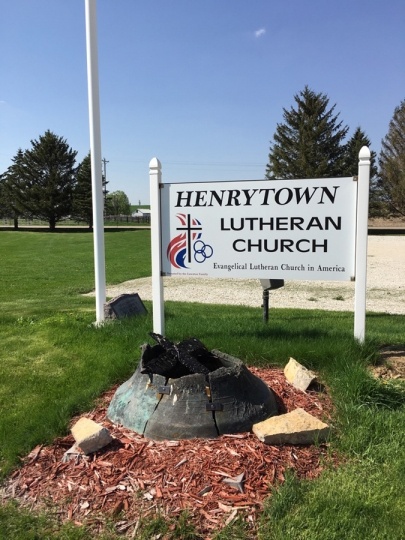
Henrytown Lutheran Church sign
Holding Location
Articles

Henrytown Lutheran Church
Holding Location
Articles
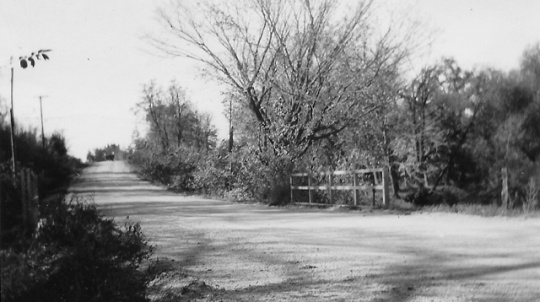
Henrytown road
Holding Location
Articles
Related Articles
Turning Point
In 1879, the Caledonia, Mississippi and Western Railroad chooses Canton as a stop along its new railway line, passing over the nearby community of Henrytown. The choice disappoints Henrytown residents and deals the city an economic blow.
Chronology
1853
1854
1857
1858
1867
1868
1873
1879
1879
1880
1943
1963
2017
Bibliography
Bishop, C. E. History of Fillmore County, Minnesota. Chatfield, MN: Holley & Brown, 1858.
Bergey, Brock. “Henrytown Lutheran Church Committed to ‘Growing in Faith.’” Bluff Country Reader, June 21, 2017.
Curtiss-Wedge, Franklin. History of Fillmore County. Vols. I & II. Chicago: H. C. Cooper Jr, 1912.
Griswold, Burr. “Onstine Party, Two Fillmore Townships First Settle in 1853.” La Crosse Tribune, December 1, 1965.
Griswold, Burr. “Onstines Founders of Fillmore.” La Crosse Tribune, October 26, 1986.
Neill, Edward D. History of Fillmore County. Minneapolis: Minnesota Historical Company, 1882.
Yu, Chris. “Henrytown Lutheran Church Dedicates New Building After Devastating Fire.” KTTC-TV, June 11, 2017.
Related Resources
Fillmore County History 1984. Fillmore County Historical Society. Dallas: Taylor Company, 1984.







%20Onstine.jpg?width=200&height=200&name=Elmer%20and%20Clara%20(Burtness)%20Onstine.jpg)



%20Onstine.jpg?width=200&height=200&name=Alden%20and%20Alice%20(Hahn)%20Onstine.jpg)



